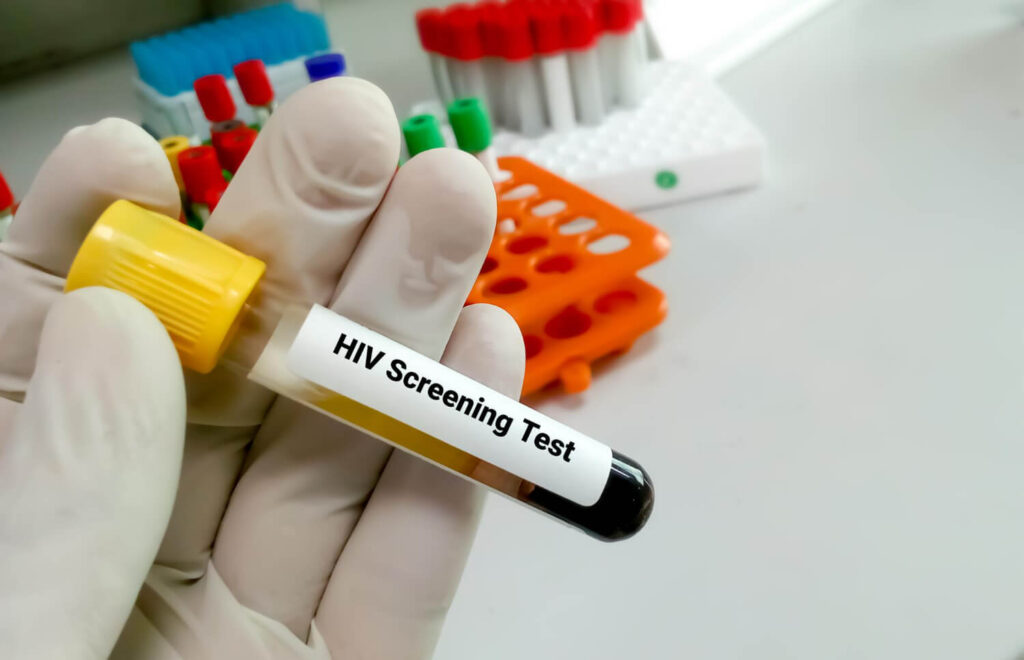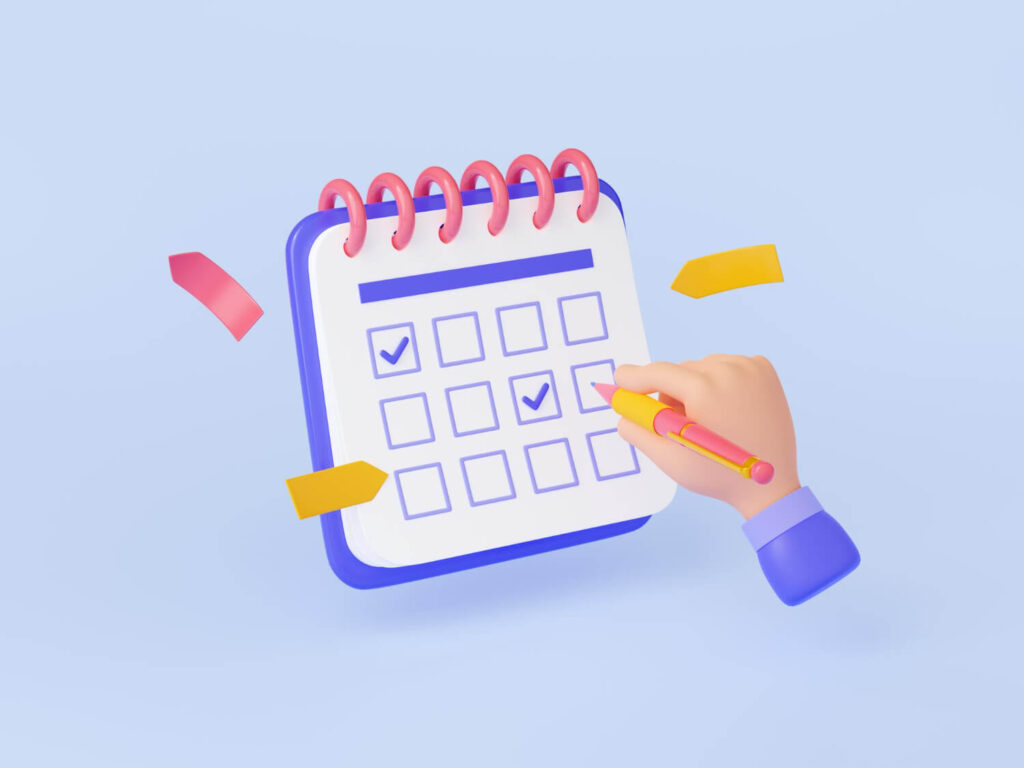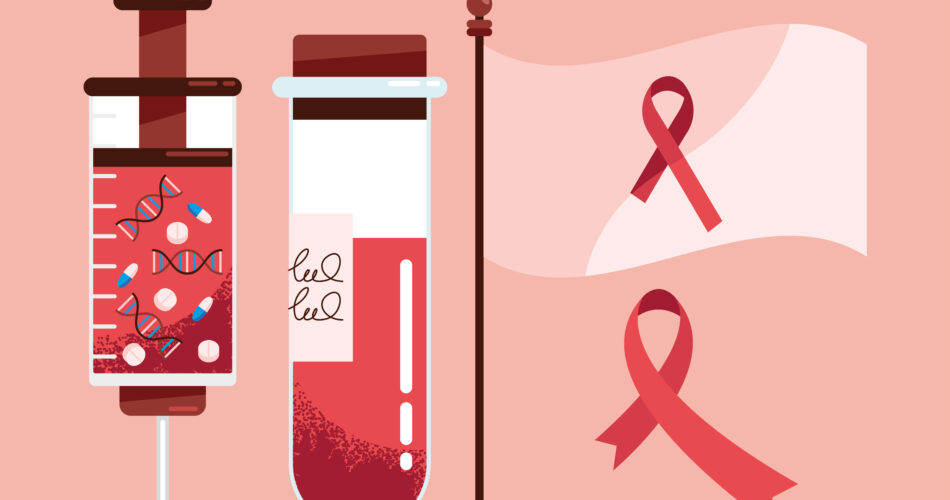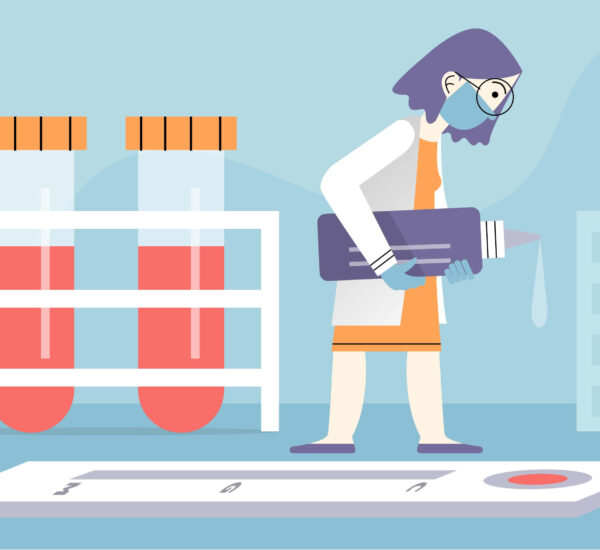HIV testing is a crucial health tool designed to detect the presence of HIV infection among the people in the community. It is vital especially since HIV is one of the silent illnesses where symptoms are nowhere to be found. In that case, people can only identify their HIV status when they decide to undergo HIV testing.
If you are one of those people, then this guide can help you prepare for the test. We’ll discuss the common HIV test preparation steps, thus ensuring accurate testing and detection of HIV.
Role of Early Detection in Managing HIV

Early detection plays a pivotal role in managing HIV or Human Immunodeficiency Virus. By giving individuals access to healthcare, they can choose to address their condition as early as possible. In this case, letting people be aware of the role of HIV testing helps them to seek early detection of their HIV. Thus, ensuring their safety as they can begin the treatment plan immediately and prevent AIDS from occurring. At the same time, this access helps prevent the spread of HIV as people can choose to seek management right away.
In short, HIV exposure can be an aspect that people should not be afraid of. Health care is a crucial aspect that health departments must provide to people. With the availability of testing facilities, people can determine their HIV status despite having concerns about possible exposure from other people.
How HIV Test Kits Help With Detection of HIV Infection
According to the World Health Organization, HIV is a global public health condition with a high fatality rate. Their data collected about 630,000 deaths in 2023 due to untreated or unmanaged HIV. Because of that, WHO and UNAIDS have created strategies, aiming to control the fatalities and help people manage their condition better. HIV testing is one of those initiatives.
HIV test kits have revolutionized the detection of HIV infection by offering convenience, privacy, and rapid results. With easy-to-use instructions and reliable accuracy, these kits empower individuals to take charge of their health from the comfort of their homes. At the same time, people can visit a testing center to get tested with the help of a healthcare professional. Both options help reduce the barriers to HIV management.
By 2025, their goal is to have at least 95% of people globally undergo HIV screening and receive their HIV diagnosis. At the same time, have them undergo suitable treatment such as antiretroviral therapy. Thus, helping patients to suppress their viral load and prevent the spread of HIV.
Importance of the Window Period in HIV Testing

The window period is a critical concept in HIV testing that refers to the time between potential exposure to the virus and the point when the test can reliably detect an infection. Understanding the window period is essential for interpreting the HIV test results accurately and deciding when to take subsequent tests if necessary.
What is the HIV Window Period
After exposure to HIV, your body begins to produce antibodies and antigens in response to the infection. However, it takes time for these markers to reach detectable levels. The window period varies depending on the different types of HIV tests:
- Antibody Tests: It is a type of test that typically detects HIV antibodies within 3 to 12 weeks post-exposure.
- Combination Tests: Can detect antibodies and antigens within 2 to 6 weeks post-exposure.
- NATs: Can identify the virus as early as ten days after exposure.
During the window period, you might test negative even if you have contracted HIV because the markers are not yet present in sufficient quantities. The only way to get an accurate diagnosis is to follow the correct timeline.
Strategies to Manage the Window Period:
- Retesting: If you receive a negative result but have had a potential exposure within the last few weeks, schedule a follow-up test after the window period.
- P2P Testing: Consider testing again at intervals during the window period to monitor any changes in your status.
- Consult Healthcare Providers: Seek professional advice to determine the best testing strategy based on your specific circumstances and potential exposures.
By recognizing the significance of the window period, you can make informed decisions about your health and the timing of your HIV tests.
Key Steps in HIV Test Preparation

While understanding the concept of the window period can minimize the errors in the HIV test results, it is still important to consider other aspects to ensure a more accurate HIV analysis and diagnosis.
Here are the key steps you can follow:
Selecting a Proper Area for Testing
For those who aim to use self-test kits, it’s best to choose a well-lit, clean, and private area to perform the test. Having all necessary components within easy reach will streamline the process and reduce the chances of missing any steps.
On the other hand, for lab tests for HIV, there are health centers with private and reliable health care settings for HIV testing. Choosing a credible testing facility can ensure successful viral load tests to determine your HIV status.
Avoid Contamination
Before collecting your sample, ensure that your hands are thoroughly washed with soap and water. This prevents any external contaminants from affecting the test. Additionally, avoid eating, drinking, or using mouthwash at least 30 minutes before taking an oral fluid test, as these activities can interfere with the sample collection.
Read the Instructions Carefully
Each HIV test kit comes with detailed instructions. Take the time to read through them thoroughly before starting the test. Familiarizing yourself with the steps beforehand can help prevent user errors and ensure that you follow the procedure correctly.
Take note that this tip is crucial if you plan on using a self-test kit for HIV testing. However, visiting an HIV test facility will also involve forms that you must read carefully. Thus, ensuring your safety for both options for HIV testing.
Mental and Emotional Readiness
Taking an HIV test can be an emotional experience. It’s important to approach the process with a calm and positive mindset. Consider having a trusted friend or family member nearby for support, especially if you’re feeling anxious or uncertain.
By following these preparation steps, you can enhance the accuracy of your test results and make the testing experience more comfortable.
Frequently Asked Questions
How should I prepare mentally for an HIV test?
Preparing mentally for an HIV test involves understanding the importance of the test and recognizing your reasons for taking it. Approach the test with a calm and positive mindset. If you feel anxious, consider discussing your feelings with a trusted friend, family member, or counselor before taking the test. Remember that knowing your status is a proactive step towards maintaining your health and preventing the spread of HIV.
Is the HIV test preparation for the first and second test the same?
The preparation for the first and second HIV tests typically follows a similar pattern. It is essential to read and understand the test instructions thoroughly, whether it’s your first HIV test or subsequent test. Mental readiness plays a crucial role in both cases, so approach each test with a calm and positive mindset. Having a support person nearby can help alleviate any anxiety or uncertainty you may feel during the testing process. Remember, being proactive about your health is key to maintaining overall well-being and preventing the spread of HIV.
Should I undergo fasting before taking an HIV test?
Fasting is usually not required before an HIV test. However, it’s crucial to follow any specific instructions given by the healthcare provider or testing facility. It’s more important to approach the test with a calm and positive mindset to ensure accurate results and a comfortable testing experience. Remember, prioritizing your health and well-being is essential in this process.
What is the type of HIV test used in testing facilities?
The type of HIV test used in testing facilities may vary, but commonly used tests include antibody tests, antigen/antibody tests, and nucleic acid tests. Each test has its method of detecting HIV infection, and healthcare providers will determine the most appropriate test based on individual circumstances. Prioritizing regular testing and staying informed about the different testing options available can help individuals make informed decisions about their health. Remember, knowing your status is a proactive step towards maintaining your well-being.
How much should I prepare for the HIV test cost?
The cost of an HIV test can vary depending on where you get tested and whether you have insurance coverage. Many testing facilities offer free or low-cost HIV testing, and some healthcare providers may cover the cost of the test as part of preventive care. It’s essential to inquire about the cost beforehand and explore available options to ensure access to affordable testing. Remember, financial considerations should not deter you from prioritizing your health and well-being through regular HIV testing.
Conclusion
Whether you are preparing for your first test or participating in routine screening, being well-prepared ensures that you receive reliable results and the necessary support for your health journey. Take proactive steps today by educating yourself on HIV test preparation, and seek professional advice when needed.



